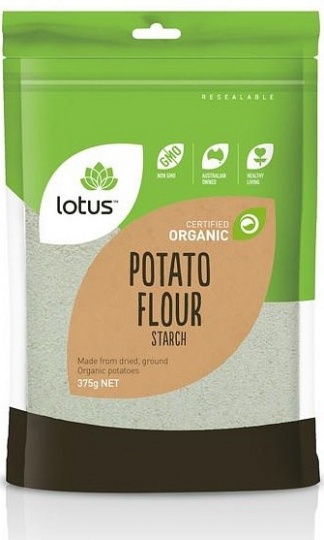Description
Starches can vary widely in terms of how quickly they thicken, how much they thicken, the quality of the thickening, and their flavor after thickening. Choosing one starch over the other means understanding the properties of that individual starch and how it will behave in your food. Root and Tuber Starches Potato starch, tapioca (made from manioc root), and arrowroot are larger-grained starches that gelatinize at relatively lower temperatures. Sauces thickened with these starches are more translucent and glossy, and they have a silkier mouthfeel. Root starches also have less forward flavors once cooked. These root starches don’t stand up as well as grain starches to longer cooking and so they’re best used to thicken sauces toward the very end of cooking. Grain Starches Wheat flour and cornstarch are the two most common forms of grain starches we use in our cooking. Because it is almost pure starch, cornstarch is a more efficient thickener than wheat flour. Both are medium-sized starch granules that gelatinize at a higher temperature than root starches. However, once that temperature is reached, thickening happens very quickly! Grain starches also contain a relatively high percentage of fats and proteins, which can make sauces thickened with these starches look opaque and matte-like. These starches also tend to have a distinctive cereal taste once cooked. If you need to thicken at the beginning of cooking, as for macaroni and cheese or a classic beef stew, go for a grain starch. If you need to quickly thicken a sauce just before it comes off the stove, use a root starch. Root starches are preferred in baking for custards, puddings, and pie fillings. The flavour is more neutral and results are more consistent. Ingredients: Organic potato starch.

